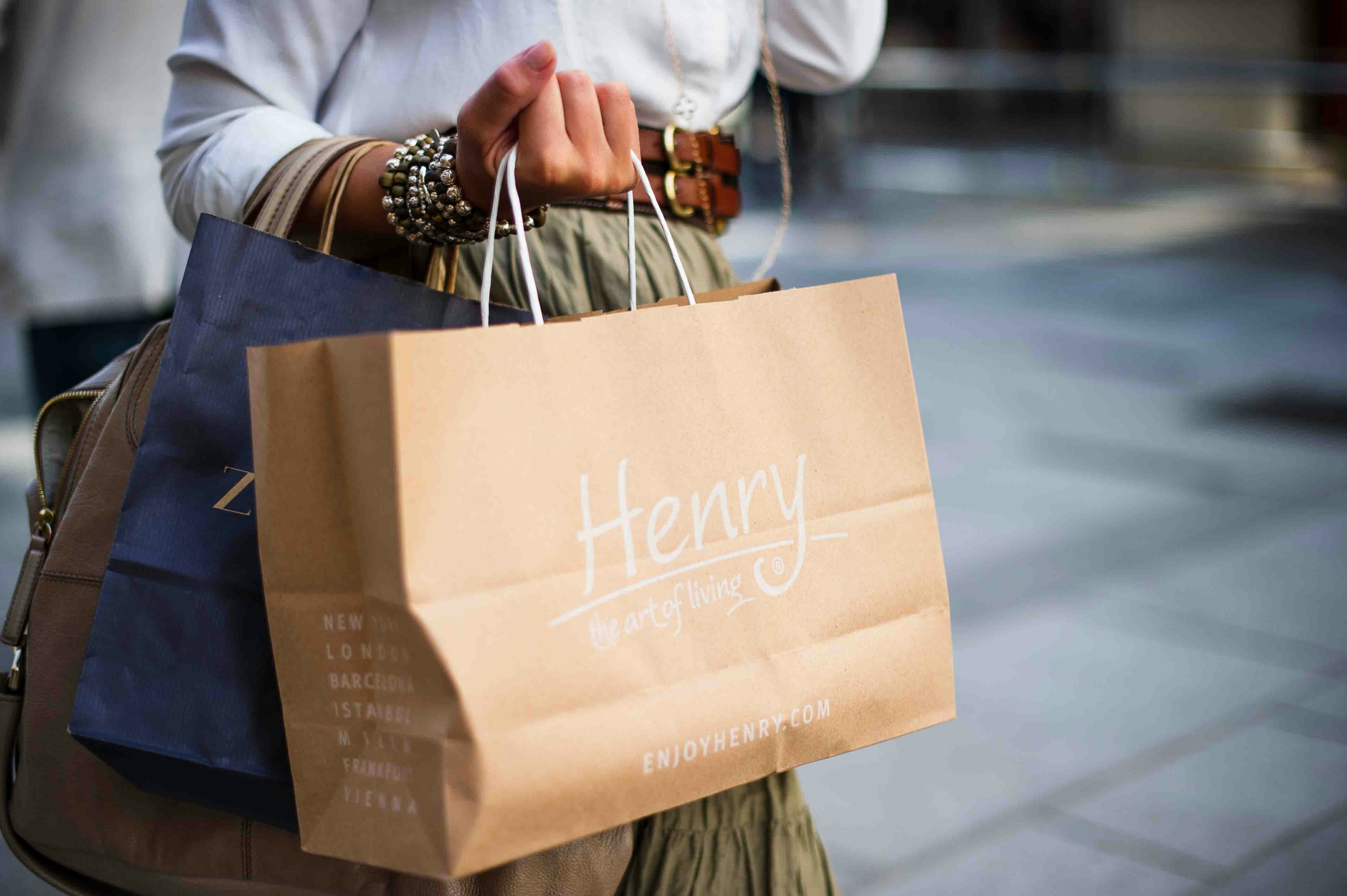Despite economic and geopolitical challenges, consumer-led growth remains

Should we drink to consumer growth?
Image: CardMapr.nl/Unsplash
Aparna Bharadwaj
Global Leader, Global Advantage Practice; Managing Director and Senior Partner, Boston Consulting Group- The world is facing geopolitical disruptions and economic and technological changes.
- This raises questions about the consequences for consumer spending.
- The Boston Consulting Group’s Center for Customer Insight surveyed 21,000 consumers from 21 countries across continents about multiple spending categories and it unearthed some surprises.
The world is facing major geopolitical disruptions, economic challenges and technological change. These big-picture issues have captured headlines. They’ve also entered the consumer narrative (see Figure 1). Amid this noise, questions arise: What consequences could these issues have — spending cuts, inflationary pressures on wallets, recession? Could consumer spending and saving be curtailed? Could this augur the end of consumer-led economic growth?

Going beyond the noise and straight to consumers yields answers.
The Boston Consumer Group's (BCG) Center for Customer Insight surveyed 21,000 consumers from 21 countries across continents about multiple spending categories from August through September 2023. We found that although 'macro' concerns dominate the news and the noise, they are not the primary drivers of consumers’ spending or consumers’ ability and willingness to save.
Rather, consumer spending and saving remain resilient when consumers feel good about their personal, close-to-home circumstances.
We measured economic buoyancy in terms of consumer resilience. That is, we considered how much (or how little) consumers are spending and how much they are willing and able to save. A resilient consumer maintains or increases spending without having to compromise on savings.
And, we considered how macro and micro considerations, individually and together, influence resilience.
How is the World Economic Forum fostering a sustainable and inclusive digital economy?
Overall, 83% of consumer resilience is driven by micro factors — concerns closer to consumers’ personal situations and finances. Broadly, consumers worry about economic and geopolitical matters, but act according to their personal situation. And those situations vary widely — by demographic, by country and by category.
So, how are consumers around the world feeling? There’s no single answer. Concerns about both macro and micro issues are high, from less than 50% of Indian and Chinese consumers worried about personal finances and income to more than 80% worried in Japan, Argentina and France (see figure 2).

Positive outlooks by demographic
The spending outlook is relatively positive among young working adults — those who are 18- to 34-years-old. Also, affluent and higher-income households continue to want to spend. Although these spenders are not super-affluent or high-net-worth individuals, they earn enough to position them as, at least, upper-middle-income consumers in the countries in which they reside. In China, for example, affluent consumers expect to continue to increase spending; middle-class consumers remain more conservative.
Positive outlooks by country
Certain countries continue to see positive sentiment and a good spending outlook — particularly India, China, the United Arab Emirates and Saudi Arabia. These nations will continue to be growth markets over the next one to two years.
Positive outlooks by category
• Nonnegotiable categories, such as baby food, fresh food and packaged food, have demonstrated strong recent spending and are expected to see even higher spending in the future. Consumers refuse to compromise on quality in these important categories and are willing to trade up if necessary, even in the face of inflation.
• It’s encouraging to see that sustainable products have also become a priority for consumers as climate change and global warming enter the mainstream psyche.
• Consumers are still prioritizing experiential items, such as air travel, vacations and luxury brands; people see investing in good experiences as worthwhile, often to relieve pressure in their daily lives and to reclaim time lost during COVID-19. Interestingly, spending on insurance is also on the uptick — perhaps another legacy of the pandemic era.
But spending is decreasing in certain discretionary categories that have been declining for a few years now. One such category is large electronics, which consumers see as one-time, big-ticket, functional purchases. Also, categories such as food delivery and alcohol, whose sales were inflated during the pandemic, are seeing decreased demand as a consequence of the post-COVID cooldown.
The overall consumer growth story is nowhere near ending, but it requires a closer reading by all organizations so that they can tap the growth narrative relevant to their business.
Accept our marketing cookies to access this content.
These cookies are currently disabled in your browser.
Don't miss any update on this topic
Create a free account and access your personalized content collection with our latest publications and analyses.
License and Republishing
World Economic Forum articles may be republished in accordance with the Creative Commons Attribution-NonCommercial-NoDerivatives 4.0 International Public License, and in accordance with our Terms of Use.
The views expressed in this article are those of the author alone and not the World Economic Forum.
Forum Stories newsletter
Bringing you weekly curated insights and analysis on the global issues that matter.
More on BusinessSee all
Anil Gupta and Wang Haiyan
July 25, 2025
Elena Raevskikh and Giovanna Di Mauro
July 23, 2025
Manikanta Naik and Murali Subramanian
July 23, 2025
Stephanie Dunn and Firuze Alpaydin
July 22, 2025
Goodness Esom
July 18, 2025
Juan Caballero and Ana Sampaio
July 18, 2025





